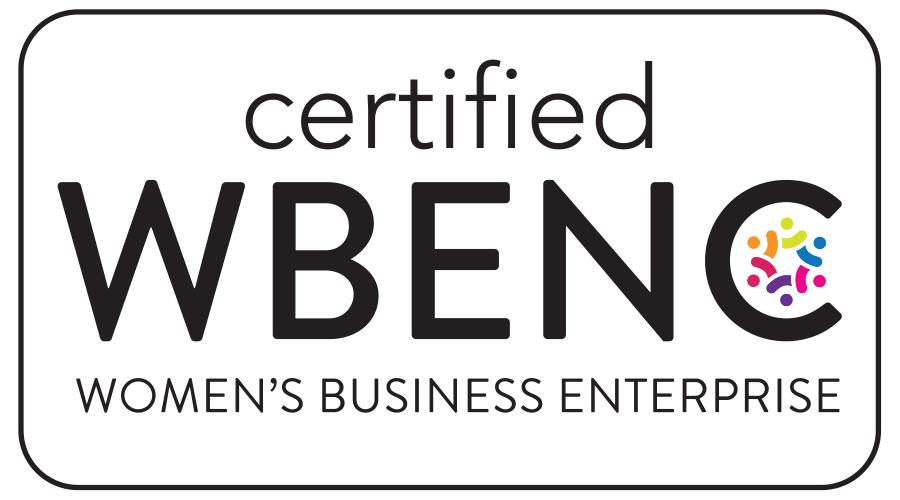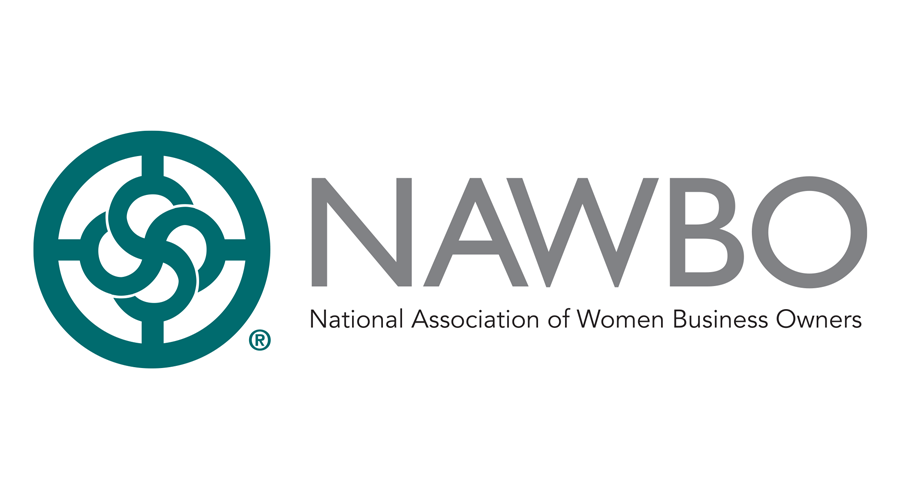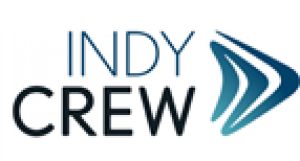Mississippi—Corporate, Personal Income Taxes: Rural Economic Development Credit Extended
Mar. 30, 2022
The sunset date for the Mississippi rural economic development credit that may be claimed against corporate and personal income taxes is extended to October 1, 2025. The credit was previously scheduled to sunset on October 1, 2022.
S.B. 2846, Laws 2022, effective July 1, 2022
Utah—Corporate, Personal Income Taxes: Additional Rural Jobs Credits Authorized
Mar. 30, 2022
Beginning November 1, 2022, the Governor’s Office of Economic Opportunity may approve up to $24.36 million in additional rural jobs tax credits for up to $42 million in investment. For credit-eligible capital contributions made on or after November, 1, 2022, the credit carryforward period is four years, rather than the seven years allowed for contributions made before November, 1, 2022. Also, for the second phase of tax credits, the grounds for revocation of a tax credit certificate are revised. One of the grounds for revocation of a tax credit certificate is if a rural investment company, before it exits the program, fails to maintain growth investments equal to 100% (instead of 70% for the first phase of tax credits) of its investment authority in eligible small businesses that maintain their principal business operations in a rural county. Failure to timely provide a required document authorizing the State Tax Commission to disclose certain information to the Office will also be grounds for revocation of a tax credit certificate.
H.B. 25, Laws 2022, effective May 4, 2022, and operative for taxable years beginning on or after January 1, 2022
Indiana-Wide Ranging Economic Bill passes
March 25, 2022
- Senate bill 361 authorizes new film production incentives, adjusts the terms of existing tax breaks, and limits the total tax credits authorized annually for the IEDC to $300 million (a cap that shouldn’t prove overly restrictive, based on current limits placed on individual programs like the Skill Enhancement Fund, Hoosier Business Investment Credit, etc.).
- But outside the $300 million limit, it provides for another $300 million direct appropriation to a flexible business promotion and innovation fund in the next budget cycle.
- Another potential game-changer for large-scale attraction opportunities is the creation of state-led Innovation Development Districts (IDDs) that will capture incremental growth of state income and sales taxes along with local property taxes for physical, financial, and programmatic investments tailored to major projects.
- After much debate over local buy-in and the limits of state-imposed tax increment authority, the bill designates a local IDD fund to capture the property tax increment for use only in the designated district (and a 12% pass-through to surrounding units) to alleviate concerns that local property tax increment could be redirected to other parts of the state as part of an IEDC-controlled fund.
- The final compromise also removed a proposed state-local oversight committee (which fueled disagreement over representation) in favor of directing the IEDC to negotiate terms of the IDDs directly with the executive elected officials of impacted cities and counties for all but the largest deals.
- State sales and income tax increment continues to be dedicated to a statewide fund that can be used across districts and for related purposes (with a $500 million limit in the non-reverting account). The IEDC is authorized to create up to five IDDs (or seek approval from the State Budget Agency), an authority that expires (subject to legislative renewal) in 2025.
Idaho—Sales and Use Tax: Exemption Enacted for Qualifying Projects Relating to Semiconductor Fabrication
Mar. 28, 2022
An Idaho sales and use tax exemption is enacted for qualifying projects relating to semiconductor fabrication, assembly, testing, advanced packaging, and research and development.
Terms of Exemption
The exemption applies to the purchase or use of construction and building materials directly used for a qualifying purpose by a qualifying covered entity for a qualifying project in Idaho during the project term. To qualify for the exemption, an applicant must submit a project outline to the Idaho Department of Commerce (department) on or before December 31, 2026. Modifications to an approved qualifying project outline must be submitted to the department on or before December 31, 2040.
Applicable Definitions
“Qualifying purpose” is defined as activities conducted in Idaho to construct, expand, or modernize a facility for the fabrication, assembly, testing, advanced packaging, or research and development of semiconductors, including a facility used primarily for qualified research for such purposes based on the criteria in IRC Sec. 41, including:
- a facility built for purposes of discovering information used for semiconductor fabrication, assembly, testing, or advanced packaging;
- a technological facility built for semiconductor fabrication, assembly, testing, or advanced packaging;
- a facility that is intended to be useful in the development of a new or improved business component of the qualifying covered entity used in semiconductor fabrication, assembly, testing, or advanced packaging; or
- a facility where substantially all of the activities occurring at or in it constitute elements of a process of experimentation for semiconductor fabrication, assembly, testing, or advanced packaging.
A “qualifying covered entity” is an entity that submits a qualifying project outline to the department that:
- qualifies for a new, meaningful semiconductor incentive offered by the federal government for the purpose of implementing the domestic fabrication, assembly, testing, advanced packaging, or research and development of semiconductors to mitigate domestic supply chain risks, increase economic competitiveness, protect intellectual property, decrease national security risks, and any other reasons deemed necessary by the federal government (meaningful incentives by the federal government include funding the CHIPS for America Act (15 U.S.C. 4651 through 4658), or providing and funding other such semiconductor investment tax credits; and
- qualifies for a meaningful incentive from the state of Idaho for a qualifying project for a qualifying purpose (examples of meaningful incentives from Idaho include: (1) the Idaho Reimbursement Incentive Act (IC Secs. 67-4737 through 67-4744); (2) the Idaho Small Employer Incentive Act of 2005 (Chapter 44, Title 63, of the Idaho Code); and (3) the Idaho New Capital Investments Incentives Act of 2008 (Chapter 45, Title 63, of the Idaho Code)).
The term “construction and building materials” means materials and supplies that are permanently installed or placed in or on a qualifying project. The term does not mean equipment, tools, and supplies used to construct or build the project.
A “covered contractor” means any contractor, including subcontractors, that incurs costs and taxes from work done for a qualifying covered entity for a qualifying project.
A “covered entity” means a private entity, a consortium of private entities, or a consortium of public and private entities with a demonstrated ability to engage in a qualifying project.
“Project term” means the time period beginning on July 1, 2022, and ending on the completion of the construction of the qualifying project, but no later than December 31, 2040.
Contingency of Exemption
These provisions are contingent on the enactment and funding of a federal law providing a new and meaningful federal semiconductor incentive by December 31, 2026. If no such incentive is so enacted and funded, no project or covered entity may qualify for this exemption.
H.B. 678, Laws 2022, effective July 1, 2022
Washington—Sales and Use, Property Taxes: Solar Energy and Targeted Urban Area Incentives Amended
Amendments have been authorized to Washington’s targeted urban area property tax exemption and the business and occupation (B&O) tax rate for solar energy and silicon product manufacturers.
Targeted Urban Area Exemption
The requirement that new construction of industrial or manufacturing facilities occur on land that was zoned for industrial or manufacturing use as of December 31, 2014, is removed.
Reduced Solar Energy Rate
The reduced B&O tax rate of 0.275 percent for solar energy systems using photovoltaic modules or stirling converters and certain components, is extended to July 1, 2032.
Ch.172 (S.B. 5849), Laws 2022, effective July 1, 2022
Utah—Corporate, Personal Income Taxes: Economic Development Tax Credit Modified
Apr. 1, 2022
Utah has modified its income tax credit for economic development. The changes include:
- repealing provisions allowing a local government entity or community reinvestment agency to receive a refundable economic development tax credit, effective for tax years beginning on or after January 1, 2022;
- allowing a local government entity to create an economic development zone for the purpose of incentivizing projects within the entity’s boundaries;
- limiting tax credit eligibility to certain projects involving targeted industries, located within rural areas, or approved by the Unified Economic Opportunity Commission;
- authorizing the Governor’s Office of Economic Opportunity to issue tax credits for new commercial projects that create remote work opportunities in the state; and
- establishing requirements for written agreements between the Office and business entities, including factors for the Office to consider in determining the duration and amount of tax credit.
(H.B. 35), Laws 2022, effective May 4, 2022, except as noted above
Ashmore Consulting is your trusted resource for tax credits, incentives & strategic location services. Reach out today to speak to a trusted advisor.
The information contained herein is general in nature and is not intended, and should not be construed, as legal, accounting or tax advice or opinion provided by Ashmore Consulting LLC to the reader. The reader also is cautioned that this material may not be applicable to, or suitable for, the reader’s specific circumstances or needs, and may require consideration of non-tax and other tax factors if any action is to be contemplated. The reader should contact Ashmore Consulting LLC or other tax professional prior to taking any action based upon this information. Ashmore Consulting LLC assumes no obligation to inform the reader of any changes in tax laws or other factors that could affect the information contained herein.

 Ashmore Consulting is proud to join Pledge 1%, a global movement creating new normal where companies of all sizes integrate giving back into their culture and values. Pledge 1% empowers companies to donate 1% of product, 1% of equity, 1% of profit or 1% of employee time to causes of their choice. Over 1,500 companies in 40 countries have taken the Pledge and committed to give to communities around the world. Ashmore Consulting is excited to join Pledge 1%’s network of founders, entrepreneurs and companies around the globe that have committed to giving back.
Ashmore Consulting is proud to join Pledge 1%, a global movement creating new normal where companies of all sizes integrate giving back into their culture and values. Pledge 1% empowers companies to donate 1% of product, 1% of equity, 1% of profit or 1% of employee time to causes of their choice. Over 1,500 companies in 40 countries have taken the Pledge and committed to give to communities around the world. Ashmore Consulting is excited to join Pledge 1%’s network of founders, entrepreneurs and companies around the globe that have committed to giving back.


